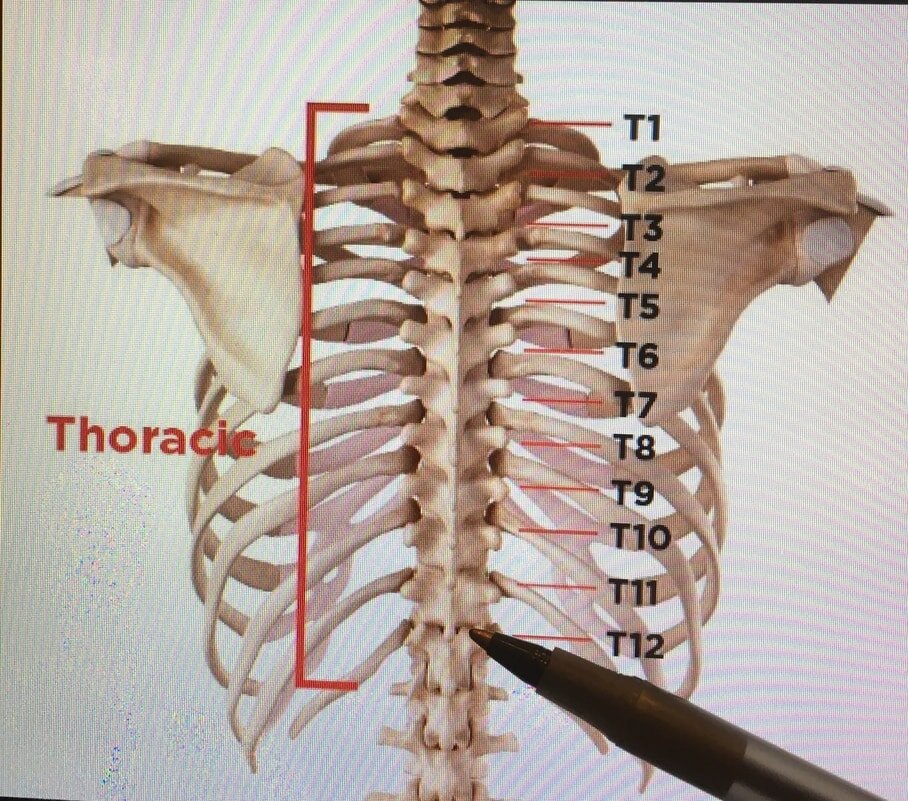Excess Saliva While Singing, Part I, Vocal Masterclass #10
Recently I worked with three singers who experience excessive saliva while they sing. They need to constantly stop to swallow and regroup before resuming phonation. Getting to the bottom of the issue was different for each one! What a puzzle.
In this first of a 2-part “Saliva Series,” I’ll describe one possible reason and my solutions/recommendations solutions for one singer. The next post will be on another reason and possible solution.
“Steven” is a bass with a church job who also sings with an established men’s a cappella ensemble with the name “The Suspicious Cheese Lords.” This organization is paying for each singer to have a private lesson with either Elizabeth Daniels or myself, as we have been their ensemble’s vocal clinicians for the past 7 years. When Steven came in, I asked him to tell me what he wanted to work on and he mentioned the saliva issue, among other things.
We were able to help his excess-saliva-and-need-to-swallow-a-great-deal issue in one session.
Reason #1: Saliva as drainage can be a head/neck alignment issue.
The overlying principles used in our session together were:
Observation, Somatic Empathy, and Using Repeated Slow and Tiny Muscle Movements to Bring Head and Neck into a Freer Dynamic. (Steven cranes his head forward in a rather fixed state, but only while singing. He described his work environment as aerodynamic, with supportive-seating, computer height, standing desk, etc.)
We then adding the task of holding music, singing small intervals of pitch while on only two vowels, back and forth along the chromatic scale.
We balanced coordination among arms, wrists, hands, and core muscles while holding music, which affects that neck-head freedom. He experienced new sensations around the T-12 vertebrae, especially in ease of breath response and engagement upon phonation. He voiced that he thought this would reduce anxiety around performance and ensemble rehearsals.
All this for saliva issues!
What did we “do?”
Somatic Tongue release which takes a full 10 minutes to experience.
Drape over a Pilates ball to experience spinal movement–which changed shoulders from a fixed to a dynamic alignment. (another ten minutes.)
Then “Gorilla Breath” in stages, from draping front first over a large Pilates ball to graduated standing. (based on Alexander Technique and other body-mind work involving limbic response noises.)
Tongue over straw, ai-ai-ai on 1-2-1-2-1, while guiding back to freedom of spine. At the end of all this slow work he reported that he felt freedom and movement in tailbone and pelvic area.
We also worked back and forth between his native language of French and English and the curious minutia around the “a” vowel which was exposed.
All this mind-body work alternated with allowing one or two minutes between activities to process and let the work to “sink in.” I told one or two anecdotal stories to allow him to relax his focus, laugh and regroup.
I suggested that he mark in his scores when to swallow if it became excessive again while he was learning new skills
We finished by Steven singing a page of choral music. No saliva. He realizes that practicing this awareness is important and is not the same as what he normally experiences out of anxiety about the saliva overload. He said, “I feel singing as a connection between my body and my head. And the saliva is greatly reduced.”
It also helped him use the good stuff that his former teacher had taught him!
Thanks for reading! These kinds of in-depth blog posts take time to write and edit. Please like, subscribe or share if you found it useful!

